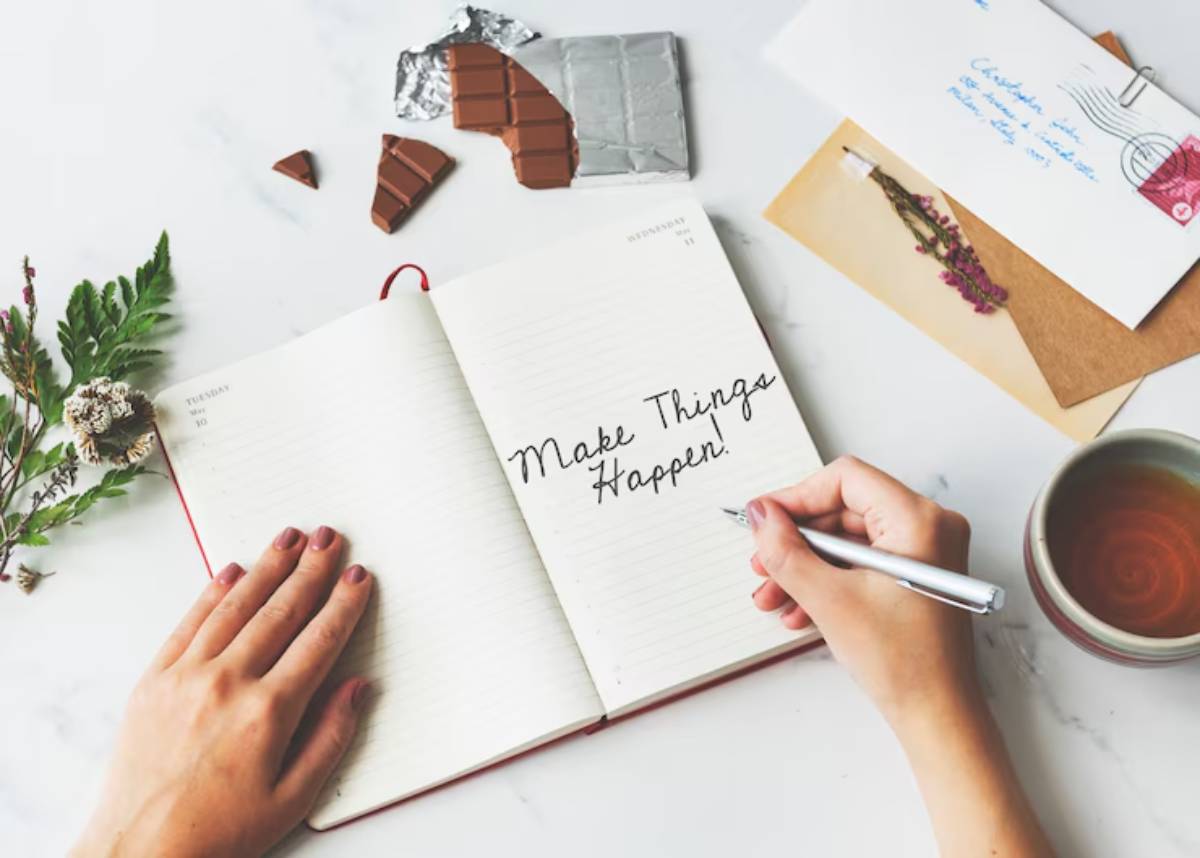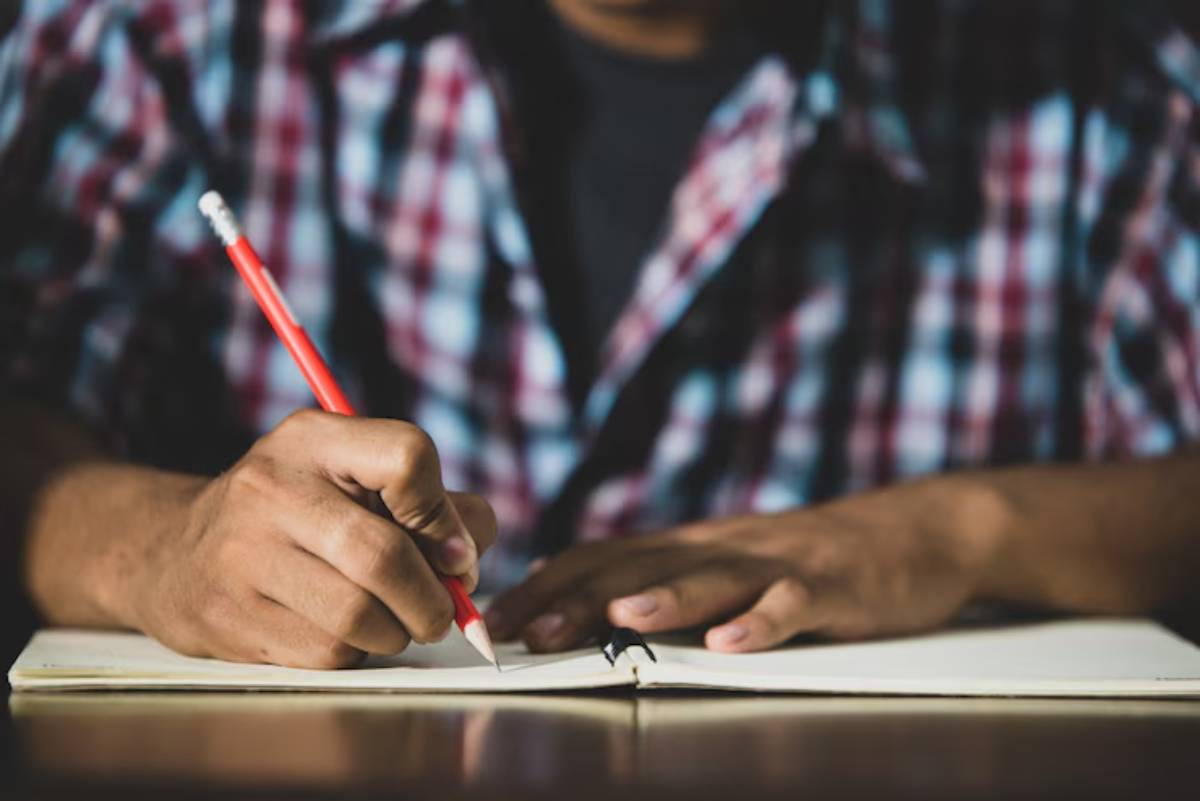
How to Build a Mindful Morning Routine with Journaling
What’s the first thing you do when you wake up? For many of us, it’s scrolling our phones, checking emails, or mentally bracing for a chaotic day ahead.
But what if, instead, you began each morning with stillness, self-reflection, and clarity?
Mindful morning journaling is a powerful practice that helps you slow down, clear your mind, and begin each day with intention, not overwhelm. It’s more than a productivity hack; it’s a mental reset that can transform your mood, focus, and resilience.
In this article, we’ll guide you step-by-step through building a personalised, mindful morning routine using journaling. You’ll learn how to start small, stay consistent, and anchor your mornings with meaning.
Understanding the Core: What Is Mindful Morning Journaling?
Defining Mindfulness and Journaling
Mindfulness is the practice of being present, paying full attention to the here and now, without judgment.
Morning journaling involves writing down your thoughts, goals, or reflections soon after waking. Combine the two, and you get mindful morning journaling — a practice of gently tuning into your inner world before the world demands your attention.
Backed by Science
Research from the American Psychological Association shows that mindfulness practices in the morning can significantly reduce stress levels and improve emotional regulation. Journaling itself has also been linked to better mental health, focus, and goal-setting ability.
Pro Tip: Place your journal somewhere visible at night — it increases follow-through in the morning and reinforces the habit.

Quick Guide: Mindful Morning Journaling at a Glance
| Step | Action |
| 1 | Wake up without your phone |
| 2 | Sit in silence or meditate for 2–5 minutes |
| 3 | Open your journal and breathe |
| 4 | Use a simple journaling prompt |
| 5 | Reflect and write freely for 5–10 minutes |
| 6 | Review your entry or set an intention |
| 7 | Begin your day with clarity |
Important Note: Your routine doesn’t have to be perfect to be powerful. Even a few mindful minutes can shift your entire day.
Step-by-Step Guide: How to Practise Mindful Morning Journaling
Step 1: Prepare Your Tools the Night Before
Before bed, place your journal, pen, and any mindfulness aids (like a candle or mug of tea) where you’ll see them.
Tip: Choose a quiet corner with natural light, if possible.
Step 2: Start With Stillness
When you wake, resist the urge to check your phone. Instead:
- Take a few deep breaths.
- Stretch or sit quietly for 2–5 minutes.
- Let your thoughts settle naturally.
Pro Tip: Use this moment to ground yourself before diving into your morning clarity journal.
Step 3: Open Your Journal
Now turn to your journal. You can choose any format:
- Traditional notebook
- Digital journal (like Notion, Day One)
- Guided journal with prompts
Prompt to try:
“What would make today feel meaningful or peaceful?”
Step 4: Use Simple, Mindful Prompts
Prompts are your entry point. Here are a few mindful morning journaling ideas:
- What does my body need today?
- What thoughts am I carrying from yesterday?
- What am I grateful for this morning?
- What’s one thing I can let go of today?
Secondary Keyword Integration: These questions promote clarity through journaling and align with productive mornings.

Step 5: Write Freely — No Filters
Let your words flow. There’s no right or wrong.
- Don’t worry about grammar or neatness.
- Write in full sentences, lists, or even doodles.
- Be curious, not critical.
Analogy: Think of journaling like brushing your brain, clearing mental plaque so you can start fresh.
Step 6: Set a Micro-Intention
After writing, pause and reflect. Then, write a single intention:
- “I choose calm.”
- “I will listen before reacting.”
- “I will focus on one thing at a time.”
This small act turns your journaling into conscious living.
Step 7: Move Into Your Day Gently
Now, transition. Take a sip of your tea, play music, or begin your morning tasks with more presence.
Mindful morning journaling isn’t a performance. It’s a quiet return to self.
Best Practices & Additional Insights
Link Journaling With Habit Stacking
Pair your journaling with an existing habit:
- After brushing your teeth
- While sipping your morning coffee
- After your mindfulness app meditation
This makes the habit stick.
Use Journal Themes
Rotate through weekly focuses:
- Monday: Gratitude
- Tuesday: Goals
- Wednesday: Letting Go
- Thursday: Body & Energy
- Friday: Reflections
This keeps journaling fresh and intentional.
Build a Journaling Playlist
Soft, instrumental music can anchor your session and create ritual.
- Try lo-fi beats, nature sounds, or morning acoustic mixes.
Be Consistent, Not Perfect
Even if it’s messy or brief, showing up matters more than polish.
FAQs
Q1: Do I have to journal every single morning?
Not at all. Aim for 3–5 times a week and adjust based on your life rhythm.
Q2: How long should a morning journaling session be?
5–15 minutes is ideal. It’s more about depth than length.
Q3: What if I don’t know what to write?
Use a prompt or simply describe what you’re feeling, sensing, or needing. Start with “Right now, I feel…”
Q4: Is handwriting better than typing?
Handwriting slows your thoughts and is often more mindful, but digital options are fine if they help you stay consistent.
Q5: Can kids or teens benefit from this routine too?
Absolutely. Mindful morning journaling can teach emotional awareness and self-regulation from a young age.
Conclusion: Start Your Day With Presence, Not Pressure
Building a mindful morning routine with journaling is one of the most impactful shifts you can make — and it only takes a few minutes each day.
By carving out time to be still, write, and set your intention, you start your day grounded, focused, and aligned with what truly matters.
So, tomorrow morning, instead of reaching for your phone… reach for your journal.